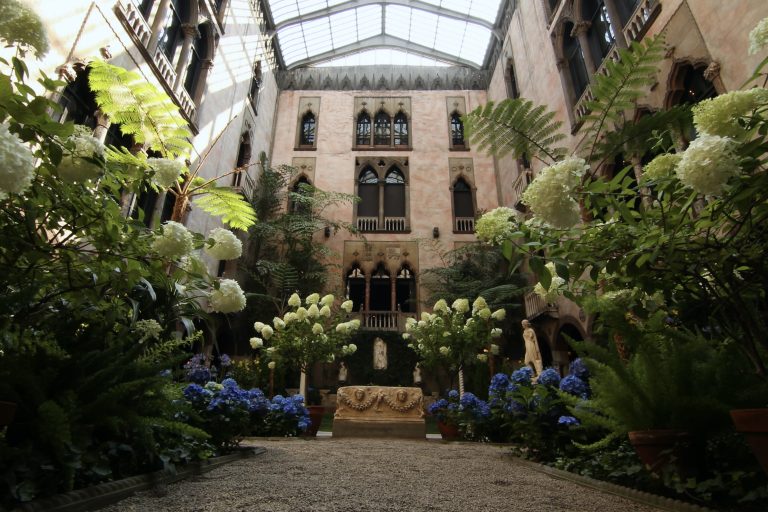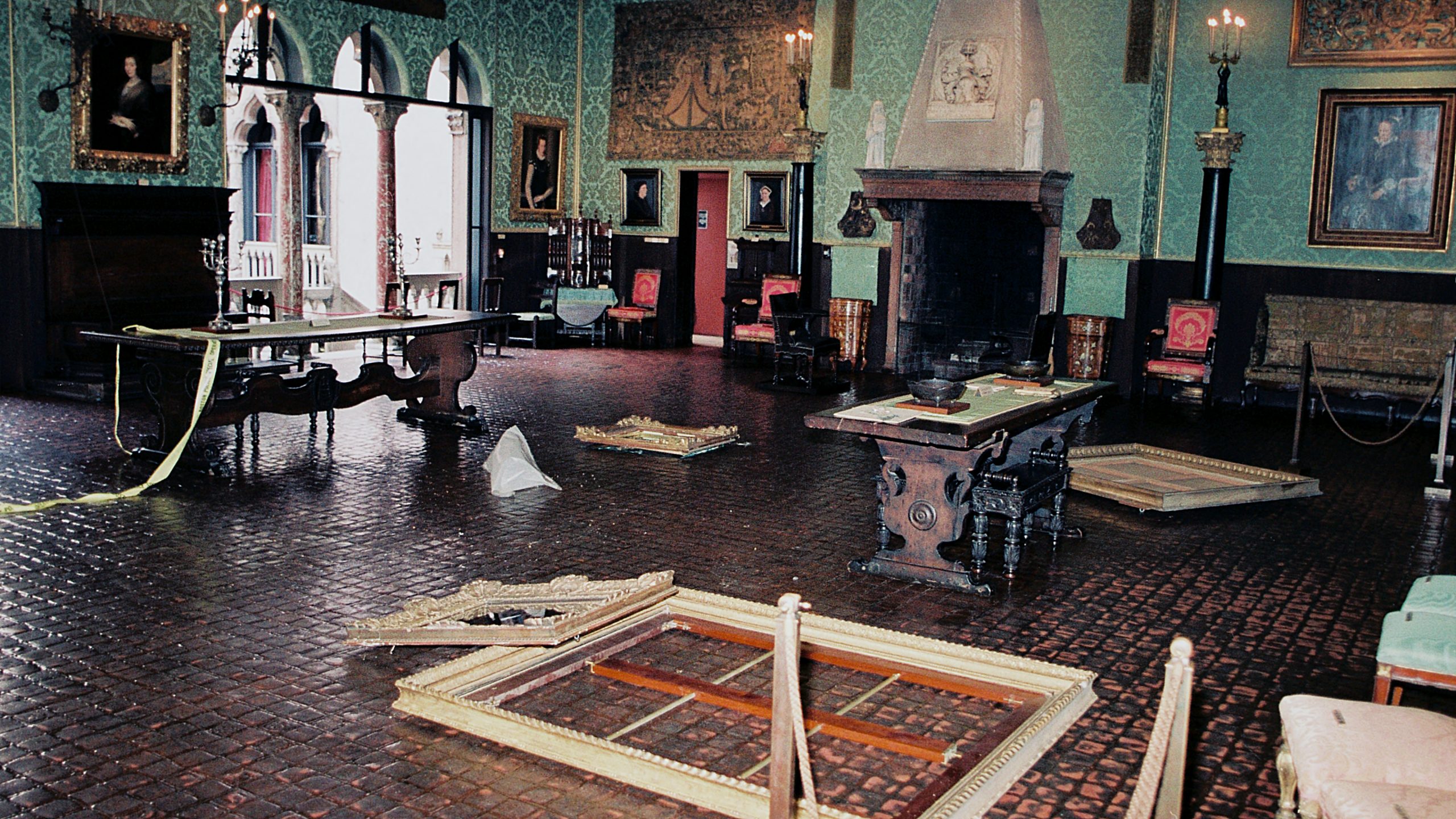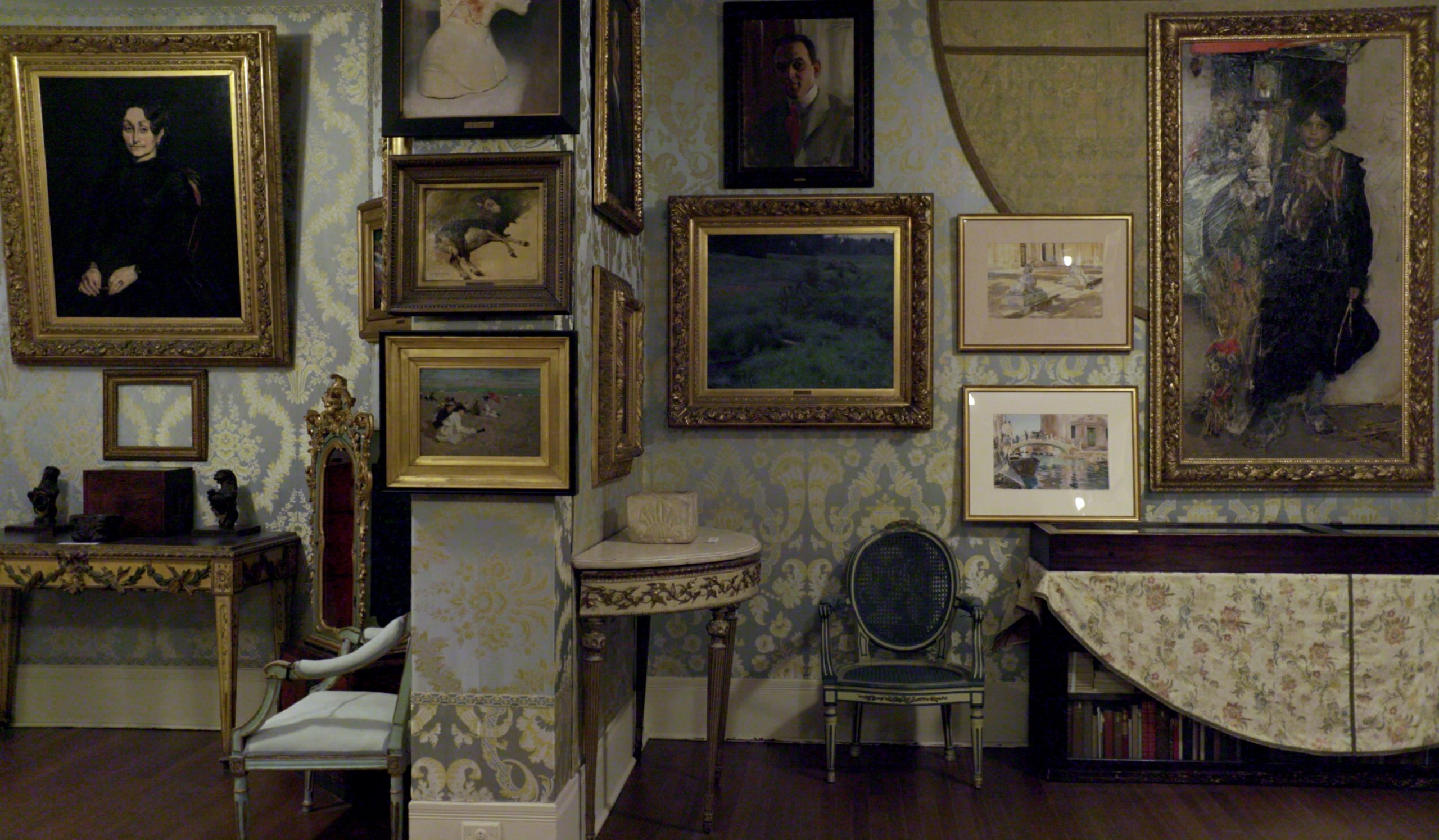
”This is Robbery” explores who might have pulled off the one of the biggest art heist in the history of U.S, 1990’s robbery of the Isabella Stewart Gardner Museum in Boston, where thieves made off with $500 million in rare artwork.
Over St. Patrick’s Day weekend in 1990, legendary works by Rembrandt, Vermeer and others worth over half a billion dollars today were stolen from the Isabella Stewart Gardner Museum in Boston. This four-part documentary series from director Colin Barnicle covers the leads, dead ends, lucky breaks and speculations that characterized the investigation of this still unsolved mystery.
Here’s the Trailer of the film, “This Is a Robbery: The World’s Biggest Art Heist.”
An exclusive interview with director Colin Barnicle
Q : When did you first become interested in the Isabella Stewart Gardner Museum case and what were the significant reasons that inspired to make a film?
C.B : My brother and I are from the Boston area, about 10 miles from the museum. We’d heard about the robbery growing up, and it had always interested us — however, we didn’t start to really work on it until 2015 when we started researching it deeper and were so intrigued that we just knew we had to do something on the case.
Q : Richard, the guard, remember that incident on New Year’s Eve and a series of intoxicated incidents beforehand. Why didn’t the Museum get him fired, especially since they were entrusting him to protect half a billion dollars’ worth of paintings?
C.B : The simple answer is, the museum didn’t know. They didn’t know about the New Year’s Eve party until weeks after the robbery when they started investigating, and by that time, Richard had already given his notice to leave. Management never checked up on the guards so they could get away with certain things and Richard certainly wasn’t an outlier amongst the guards – half of them were young, art-types. The other half were “townies”, older guys who lived in the city and were retired.
Q : From your point of view, what wrong decisions were made in the initial investigation by the Boston Police Department before the FBI arrived on the crime scene?
C.B : I actually don’t think they made any wrong decisions per se – the Boston Police arrive a little after 8AM on a 211 police call (ROBBERY) and their first job is trying to find the guards – they don’t know if they are alive or dead. They do that and bring them upstairs and then go through the museum, with dogs actually, and then the Boston Police detectives question the guards and check out the alarm printout – you can see in their notes they zero in on Richard immediately – until a little after 9 AM when the crime scene is taken over by the FBI. Now, the BPD might not have taken the crime scene as seriously as they had others – that district, B2, was a very violent district that year, 1990 having the most murders in Boston’s history, so the police on scene were used to violent gun and drug crimes, life and death stuff – an art theft probably wasn’t their most crucial call of the day.
Q : Many people — including the police and the FBI — believed the case to be a professional job as they proceeded with the investigation. But it is not common knowledge that a criminal was in the museum for 81 minutes, because most robberies are done in less than 10 minutes. Since FBI indicated that the crime was mob-related, and that the mob had influence in the police forces in late 80’s and early 90’s like James “Whity Bulger’s case which might explain why they took this long time to steal?
C.B : There was corruption within the investigating forces of this crime in relation to criminal organizations during that time period. But I think they were in the museum for 81 minutes not because they were relaxed, but because they were trapped. It looks like they had police radios or scanners so they might have been monitoring police activity in the area and there was a party going on down the street with kids spilling out onto the street – so they may have had to wait until they were certain the street was clear before leaving. They also had a size issue. The paintings weren’t rolled up. They couldn’t roll them up. They are large paintings but they drove a fairly small car to the robbery. So they may have had to wait for another, larger car to get to them before leaving.

Q : Back then, the FBI didn’t have a dedicated squad to investigate art thefts, or even a forensic system that they could rely upon to do thorough DNA research. Is there any evidence from the past that might lead to a big revelation if the FBI could have relied on today’s technology?
C.B : Yes. They could have gotten fingerprints off the duct tape used to subdue the guards. They lost that tape. They also could have brought the empty frames back to their lab to test for fingerprints or possibly DNA but they chose not to do that. The crime scene was discovered on Sunday morning and by Tuesday morning, the museum was back open. That’s less than 48 hrs to handle a crime scene of 60,000 square feet. That’s not a great deal of time.
Q : Among the 13 works taken from the museum, why do you think that they stole something that was not worth much? Were they trying to trick the police and FBI?
C.B : No. The Chinese vase was taken most likely because a similar artifact had been robbed about a year earlier from the Museum of Fine Arts across the street. The newspapers at the time had printed how much that vase had cost and the thieves, seeing the one in the Gardner, probably equated the two in value. I think they also chose items based on size – things they could literally fold up or put in their pocket once they realized that the large Rembrandt’s couldn’t be rolled up. It’s why I think they left the Rembrandt “Self-Portrait” although they took it off the wall – they didn’t have the room for it in their car.
Q : Paintings are too famous to be sold publicly — no one buys stolen paintings even on the black market. Do you think all those paintings went abroad or were very likely stashed in a warehouse or trailer?
C.B : I know that some art does actually get stolen and attempted to be sold on the black market. There’s an interesting example of Monet’s “Impression, Sunrise” which was stolen in southern France, offered for sale in Japan in the late 1980s and then discovered in Corsica not long after. But, I think in the case of the Gardner, most of the art has stayed within the United States – although, there are definitely avenues to Montreal, Colombia, and Ireland that some pieces could have taken, most likely as surety in a large drug deal.
Q : Did the Feds deal with the mobster David Turner by reducing his sentence after he went to jail? He’s the only guy who still survived, even though many of the other mob guys are killed or unnatural deaths. Are the police and FBI still tailing him after he got out prison?
C.B : No one knows for certain why David Turner got his sentence reduced. Turner had reached out to Bobby Gentile from prison to set a meeting. Gentile told the FBI and the FBI wanted to send an undercover agent with him but Gentile didn’t like that idea so he backed out. Around that same time, Turner had his sentence reduced in conjunction with the FBI focusing on Bobby Gentile and raiding his house.
Q : During the process of making this film, was there any time that you got any threats?
C.B : I don’t know if I would say, “threats” but when we went to Belfast in Northern Ireland we were tailed. Certainly that was threatening.
Q : What do you want the audience to take away from this film, and what kind of effect did you want to create from this film?
C.B : I wanted to expose viewers to the art but to also shine a light on art theft – that it’s not how it’s portrayed in the movies, that the people who commit these crimes are violent and often use art to support other violent endeavors. My hope, ultimately, is that someone sees one of the stolen works and eventually returns it to the Gardner Museum.


